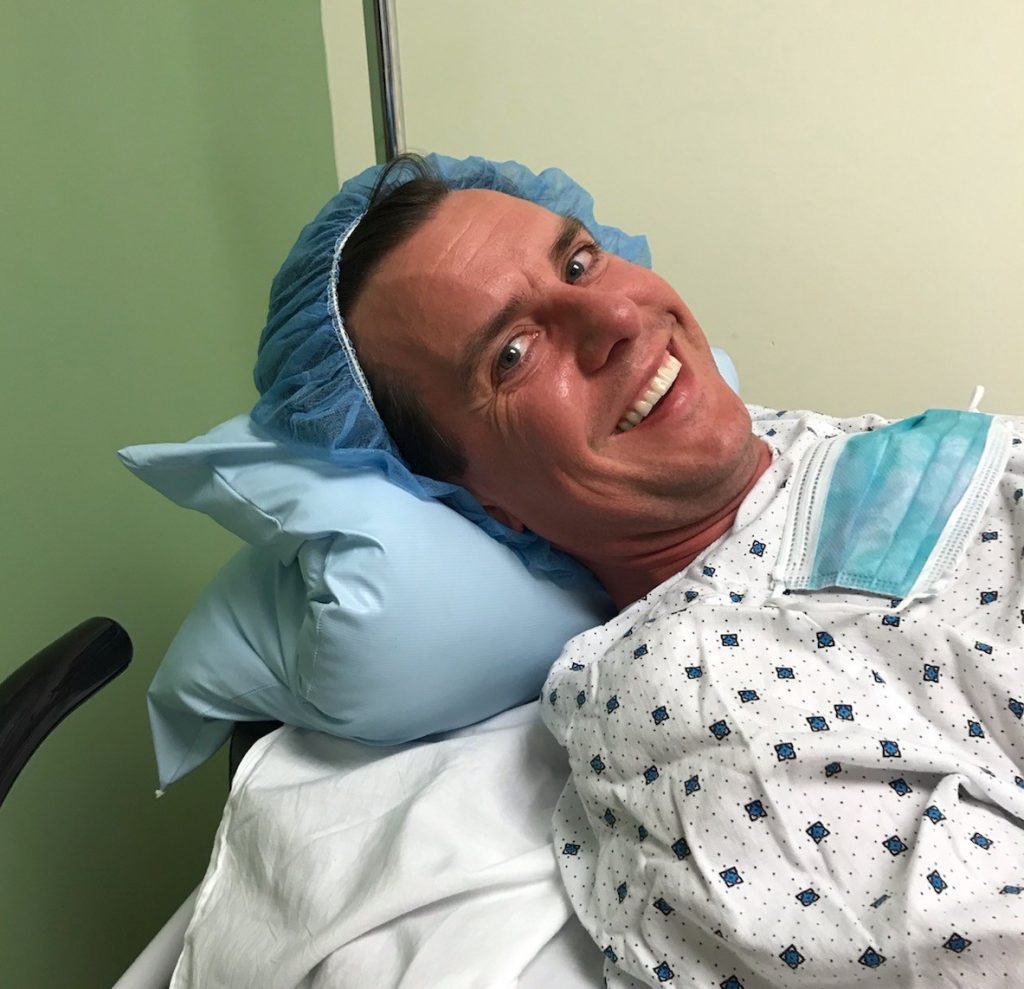Two years ago, I took a life-changing moonshot.
Diagnosed in 2012 with Achalasia, a rare, incurable esophageal disease, I vowed to find a cure within five years.
What’s Achalasia?
The basic explanation is that my esophageal muscles and nerves are dead and will never work again. From the food I eat to the way I eat it, I have to think hard before I take each bite. Eating is a chore. Physically and mentally, it is a process I deal with every single day.
After 15 minor procedures and three major surgeries, it’s best to describe my appendage as looking like an upside-down cheerleader’s pompom. The doctors have shredded it.
The other side of the equation is how I dealt with the disease for the first few years after my diagnosis. Franky, I didn’t handle it very well.
I stuck my head in the sand. In fact, I was so paralyzed by fear that I didn’t even google “Achalasia” until 2016 when my doctor at the Mayo Clinic warned me that my medications might have long-term dementia effects and I would be consuming food from a feeding tube soon.
And that’s when I woke up.
Inspired by Peter Diamandis’ “moonshot challenge,” I began working to find a cure in short order.
If you think about it, this is an absurd challenge. There is little money invested in curing rare diseases (Achalasia affects 1 out of 100,000 people and the typical age range is 60+. I was 37 when diagnosed).
When I told my doctor at the Mayo Clinic about my moonshot to find a cure, he smiled and told me, “Phillip, your disease ‘is what it is.’ Take your medications and see you in six months.”
I didn’t listen to him.
Those that have followed my story, know I assembled a team of doctors and started working towards the first-ever, one-man clinical trial to find a cure.
After years of meetings, clinical submissions, and delays, we finally received the green light a few weeks ago to start — and everything with my clinical trial has now changed.
So, here’s what happened…

